|
|

|
2024 Fall Northern New Jersey Expedition
October 24 (Thursday) - 27 (Sunday)
|
BFRO
organizers bring participants to areas where they will have encounters
with Bigfoots at night. The odds of success depend on their selection of
locations, among other things. Selecting the best locations depends upon
sighting/encounter information -- the more, the better -- so the BFRO
selects organizers who have the most information in a given state, and who
have experience organizing trips there.
This expedition will be
led by Larry Rippon and Scott Osborne. Larry and Scott have organized
several BFRO expeditions in New Jersey, especially northern New Jersey.
They keep a close eye on reports from that area and counties just across
the border in PA and NY state.
This
expedition will focus on a zone where several sightings have been reported
over the years, and near where the first sasquatch howls were recorded
several years ago. The howls were recorded by a group of BFRO
investigators a few miles from the Appalachian Trail in the wee hours of
the morning in total darkness.
Larry and Scott can only take a
limited number of new people for this trip. They have repeat attendees who
have priority on the roster, but you will be given preference if you have
some relevant equipment.
It would be very helpful if you have a
decent stereo sound recorder, like a common Zoom H1 or the latest in that
low-cost line. They cost roughly $100.
The BFRO is very proud to
have sourced an excellent hi-res thermal scope at significantly lower
price (less than $1,000) than any other thermal scopes with the same specs
and capabilities.
Click here for more info about
these scopes and a sample video.
On these Fall dates the moon will
rise just after midnight, and later and later each night of the trip. If
there are sasquatches in the area, they will become vocal not long after
dark. That happens when their best stalking conditions only last a few
hours, like from dark until midnight. Therefore, that is the sweet spot
for activity on this trip, rather than very late at night.
After
the moon rises, the moonlight seems to pin them down. They likely feel
more exposed and vulnerable. Many other types of mammals react that way in
moonlight. Years of expedition experiences suggest they become much more
cautious in moonlight compared to pitch black darkness, even if they are
still hanging around.
 To
register for this BFRO expedition please follow the
instrucitons here on the Expedition Registration
FAQ page. To
register for this BFRO expedition please follow the
instrucitons here on the Expedition Registration
FAQ page.

|

|
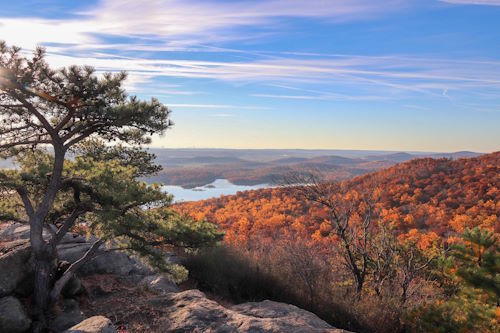
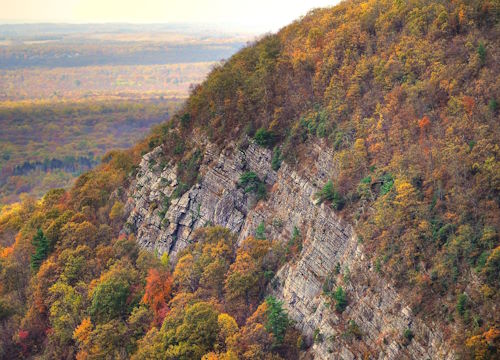
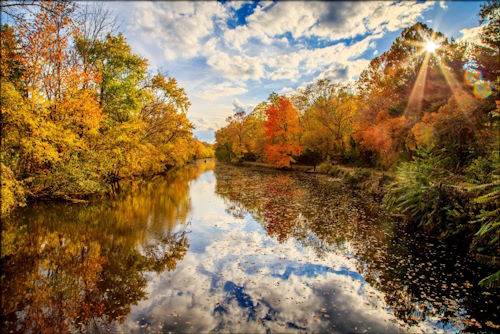
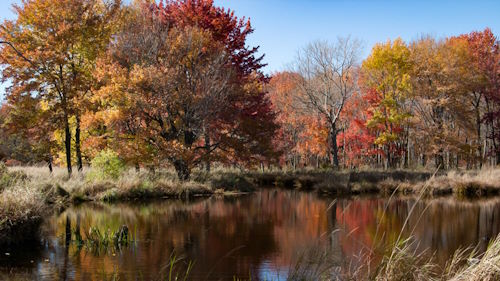
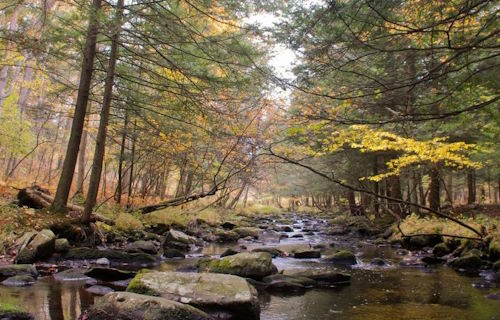 |
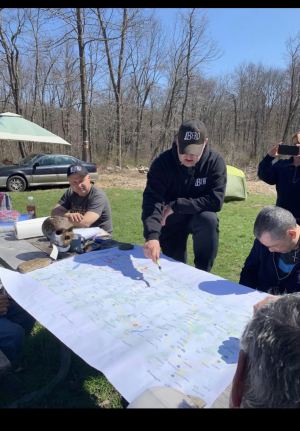 |
|
|
|
|
The BFRO was the
first research group to notice the most important correlation of
sighting reports in northern New Jersey -- the correlation with
the green belts connected to the Appalachian Trail, which
basically traces the northern border of the state, passing through
three counties.
By looking closely at topography maps of
those green corridors along, and connected to, the AT, looking to
find the terrain preferences of sasquatches in summer (large
marshes especially) that were situated within howling range of the
Appalachian Trail ... the group found the area where they got
responses to their howls -- booming "Ohio Howl" type replies.
That same method has worked in other parts of the Appalachian
Trail in other states.
Sasquatches likely follow the forest
corridors for the Appalachian (not necessarily the trail itself)
when they move north and south among eastern states. This pattern
of incidents near the Appalachian Trail is actually continuous
from the bottom of the AT in northern Georgia all the way up
through Maine.
Sasquatches seem to have different terrain
preferences at different times of year, but those differing
environments will be close enough to established corridors like
the AT to be able to hear the howls of other sasquatches that are
moving along the same corridor.
That would explain why
they seem to be particularly responsive to simulated howls from
the AT in the wee hours. This makes their seasonal strongholds (if
they are hanging year-round, rather than just passing through)
much easier to figure out. It's not just a matter of finding the
deer around here, because there are deer everywhere. It's a matter
of seasonal comfort and convenience.
In the heat of summer
they will find shrouded places like big marshes where they can
partly submerge in cold water if there are no deep caves to help
them escape the heat. When the cold winds start blowing in late
October, sasquatches will want to be out of those winds as much as
possible, and the coldest winds blow in from a particular
direction. In cold weather they also want to be on east facing
slopes that will receive sun exposure as soon as the sun rises in
the morning. Those two factors in combination greatly narrow down
the places they will prefer in cold weather.
It may seem
like a long slow process to figure out the location pattern in
this part of the country, but this process is very worthwhile
because the location pattern here will remain the same for many
years to come. Land use is very stable in this part of the
country, and there simply are no better alternatives for
sasquatches moving north and south among the eastern states. Any
other potential long-haul travel corridor across northern New
Jersey will bring them in closer proximity to roads, vehicles,
houses, fences, dogs, streetlights, etc.
If you are interested in attending
this expedition, please read the Frequently
Asked Questions (FAQ) page.
|
|
|
|
|
|
|
I
|
|
|
|






























